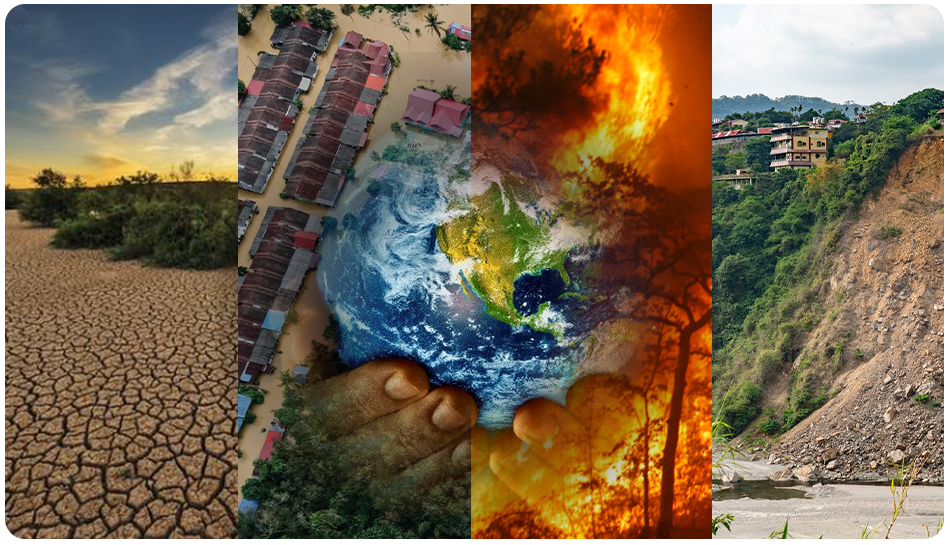
Disaster Management

Natural disasters are a common occurrence across the globe, and their devastating effects can have a significant impact on the people, economy, and environment. The frequency and intensity of disasters have been on the rise in recent years, which necessitates the need for effective disaster management strategies. In this regard, GeoBizz has emerged as a platform for analysing disasters such as floods, droughts, landslides, and more, providing a comprehensive solution to better manage the consequences of these calamities. GeoBizz is a web GIS platform and mobile application that collects historical data of a location affected by a disaster, both before and after the event. This data is used to predict the likelihood of future disasters and to increase awareness among people who may be affected by the alert system. By analysing the impact of damages and taking into consideration the geographical and demographic factors, the platform can accurately forecast the potential consequences of future disasters. One of the key features of GeoBizz is its ability to collect and integrate a vast amount of data from various sources. This data includes satellite imagery, sensor networks, and social media feeds that provide a detailed picture of the disaster's aftermath. With the help of machine learning algorithms, the platform can automatically identify areas of high risk, including flood-prone areas, landslide-prone slopes, and other natural calamities. The system also analyses the potential impact of the disaster on the environment, infrastructure, and human life. With the help of advanced technologies, the platform can detect and respond to an impending disaster by providing timely alerts and evacuation recommendations. The platform also offers a comprehensive database of resources and information related to disaster management, which can help communities prepare and respond to natural disasters effectively. GeoBizz's disaster management capabilities extend beyond the traditional approach of emergency response and recovery efforts. The platform also provides a framework for long-term planning and sustainability initiatives that aim to reduce the vulnerability of communities to disasters. This approach includes land-use planning, disaster-resistant infrastructure development, and the creation of community-based disaster risk reduction strategies. The platform also supports the development of early warning systems and effective communication networks, which are critical in responding to disasters.

